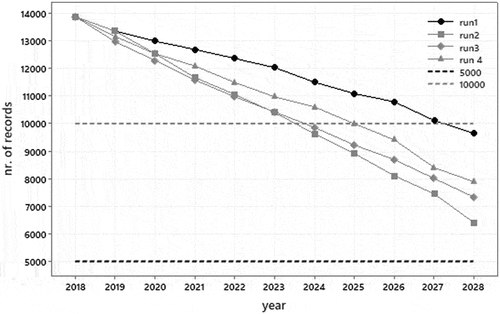Figures & data
Figure 1. Causal loop diagram on the mechanisms leading to requests for digitisation or requests to access the records in the reading room.
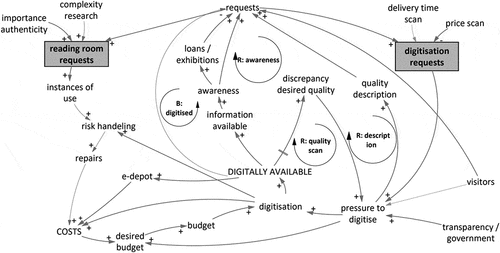
Figure 2. Number of access requests per year in the reading room of the Amsterdam city archives between 1999 and 2018 and number of archival records digitised per year since 2004.
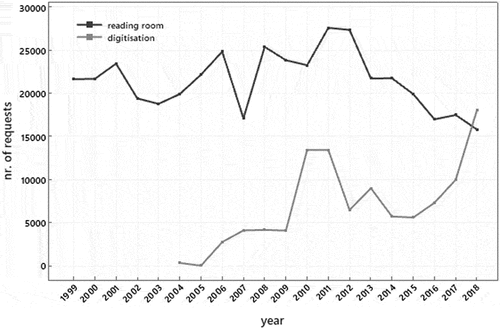
Figure 3. Frequency distribution of records that have been requested more than 1 time in 1999, 2013 and 2018, and cumulative distribution (percentage) of the number of records that have been requested in the reading room between 1 and 113 times during a period of 20 years at the Amsterdam city archives.
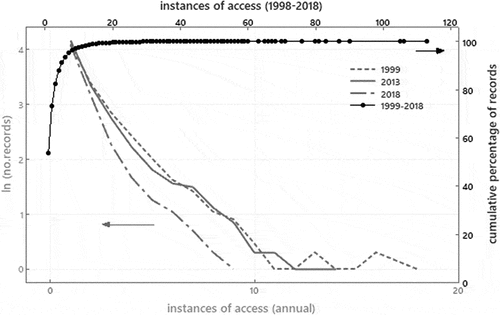
Figure 4. Cumulative percentage of the decrease in requests at the Amsterdam city archives (2007, 2011 and 2012 not included) and “ digitisation match” since 2006. The dashed lines show the number of access requests digitised within the two digitisation programmes, SoD and the digitisation of block of archives.
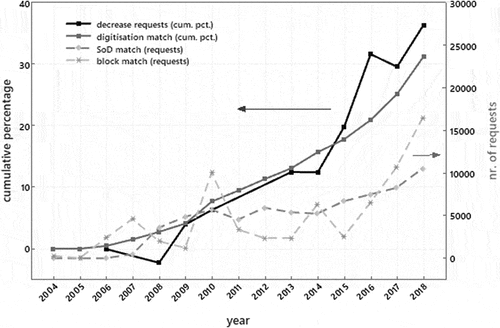
Figure 5. Proposed system dynamics model to simulate the relationship between the level of demand in the reading room and the digitisation of the physical collections.
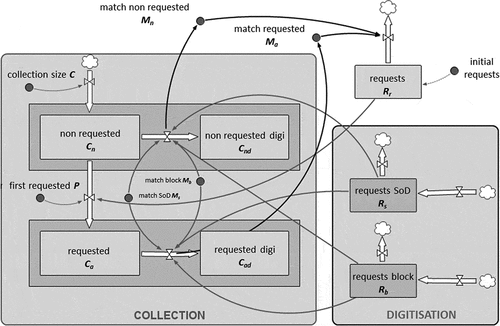
Table 1. List of variables assigned to the agents.
Table 2. Input variables of the system dynamics model.
Figure 6. Comparison of the decrease in access requests according to Amsterdam city archives dataset and the output of four experiments conducted according the system dynamic approach.
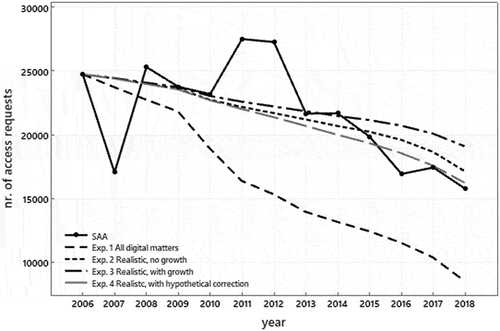
Figure 7. Comparison of the ABM output (number of access requests in the reading room at the end of the run, ) depending on the number of agents. Error bars indicate the standard deviation.

Figure 8. Comparison of the decrease in access requests according to Amsterdam city archives dataset and the output of the system dynamic model and three ABM experiments.
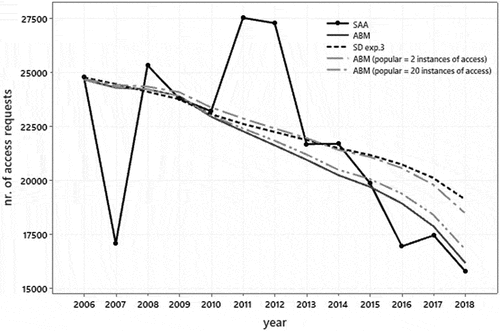
Table 3. Description of four runs to model the effect of digitisation on the number of requests in the reading room.

